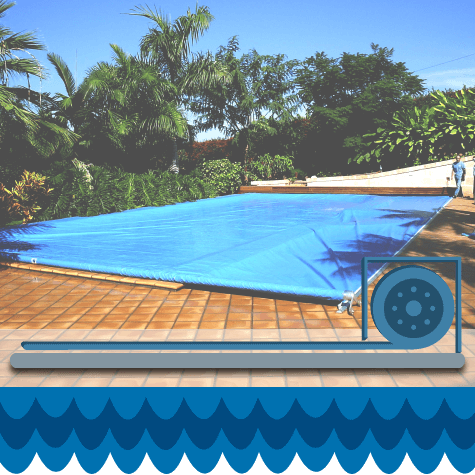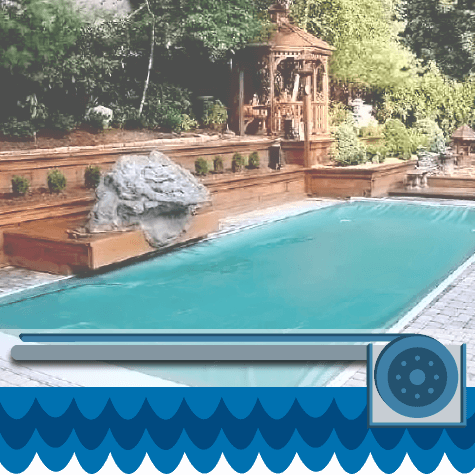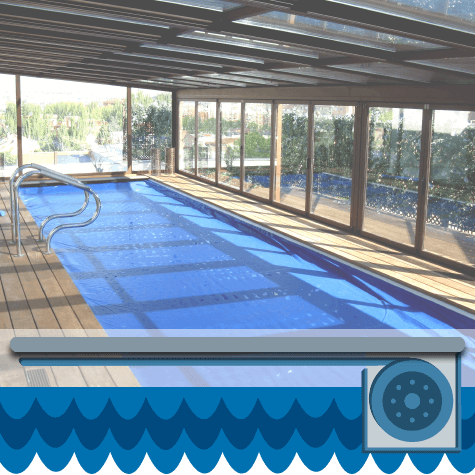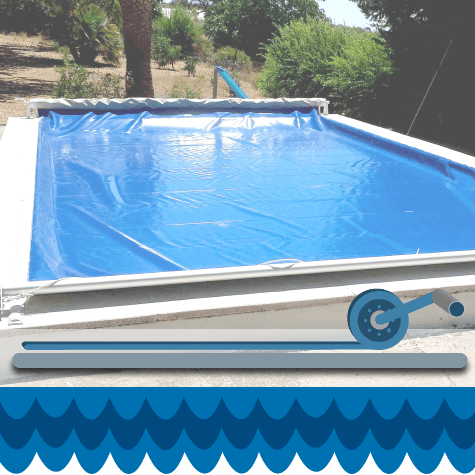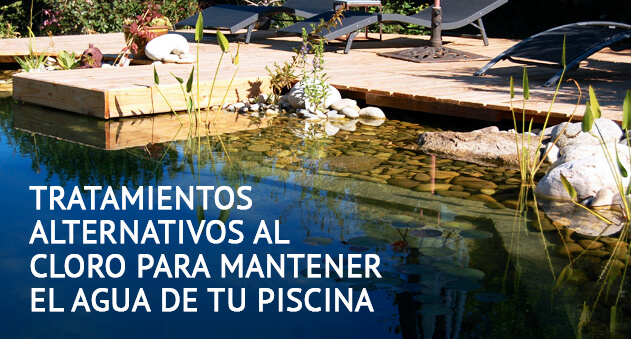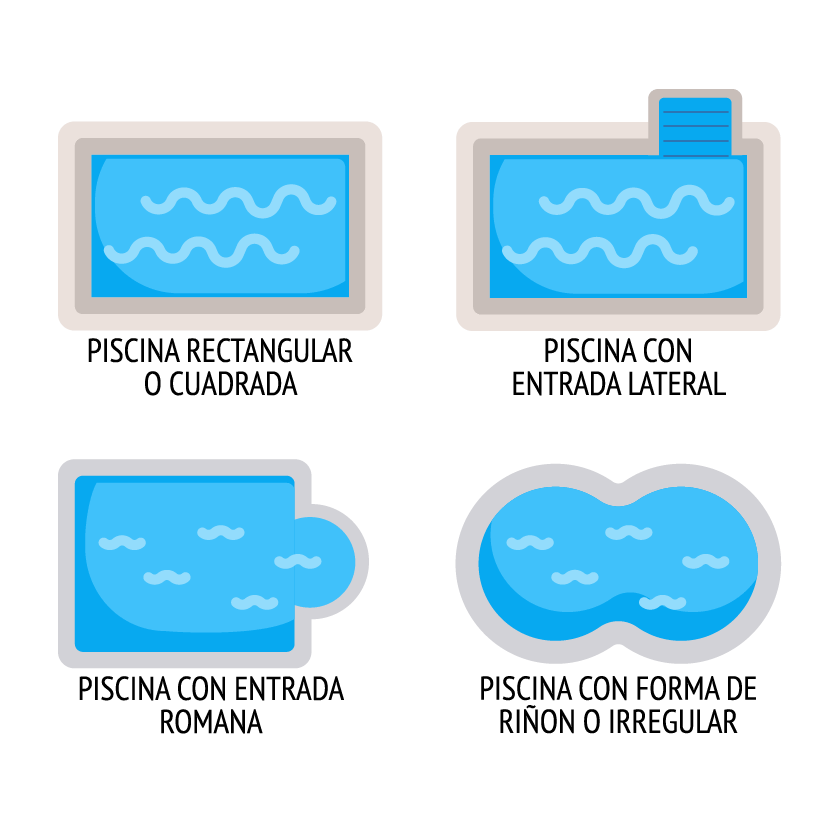There are those for whom the swimming season also translates into -horror- skin problems, dry hair or sensitive eyes. Despite being the most common solution, keeping your pool in optimal conditions does not always require chemical products. There are other less aggressive alternatives. We will quickly tell you what some of them consist of.
Saline chlorinators
The only raw material used to disinfect the water in this case is salt. These devices are integrated into the filtering system and use the salt water to generate chlorine gas by electrolysis, which immediately dissolves in the water and disinfects it. In fact, the salt electrolysis system has a double disinfection action, since it generates decomposing sodium hypochlorite on the one hand and contaminants are also eliminated in the electrode.
If you have doubts about this option because you fear that your pool water will be as salty as sea water, they will disappear when you know that the salt concentration is lower than that of a tear. In addition, it is environmentally friendly, and allows savings of up to 80% in maintenance.
Water purifiers
The use of this system in the filtration circuit is very effective in destroying microorganisms resistant to other chemical processes. In reality, these purifiers are water ionizers. That is to say, they manage to kill algae and bacteria by means of the electrolysis, the process that separates the elements of a compound by means of electricity. Although the use of other chemicals is occasionally required, it is 90% less than usual. This treatment modifies the properties of the salts present in the water, stabilizing pH levels, while creating an environment that is not conducive to the formation and growth of algae and fungi. The purifiers also contain copper, a natural bactericide that does not pollute the environment.
Ultraviolet disinfection
In this third case, microorganisms are eliminated by ultraviolet (UV) light emanating from a system of lamps. When passing through them, fungi, algae, bacteria and others are destroyed in seconds. The disadvantage that we at Capcovers find in this system is that if the contaminant is in the pool, for example, it will be necessary to add chemicals to kill it. Although, of course, the amount will be much less than without ultraviolet.
Natural swimming pool
This new trend in swimming pools is wonderful, both from an ecological and aesthetic point of view. Also called biopools reproduce a living ecosystem on a small scale that is self-regulating and, in addition, is much more integrated with the environment. By simply using plants, gravel and light, they achieve a 100% chemical-free water filtration. In a pool of this type there are two distinct parts – which may or may not share the same vessel – one for bathing and the other for purification, between which the water flows thanks to a recirculation system using pipes, pumps and waterfalls. During the flow, the water eliminates impurities and is oxygenated, while the gravel system prevents the proliferation of algae.
Although their installation costs practically the same as a conventional one, the maintenance of these ecological pools is minimal and more similar to gardening work than anything else. The only objection is that they need a lot of space, minimum 40 square meters, where half would be dedicated to the regeneration pond, and they have to be deep. But they are beautiful.
With all the information already in your hand, remember that the best treatment for your pool depends, of course, on your needs. The use you give to your pool and where it is located will surely give you the keys to choose one or another option. In any case, from Capcovers we recommend you to always resort to specialized professionals to guarantee an optimal result.

